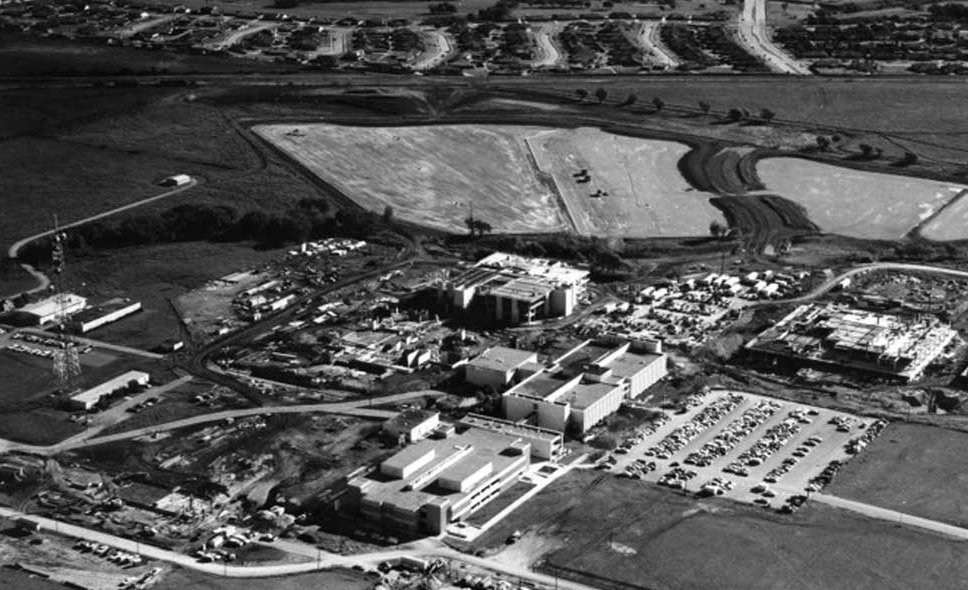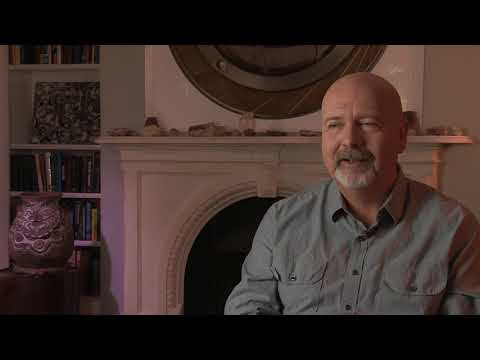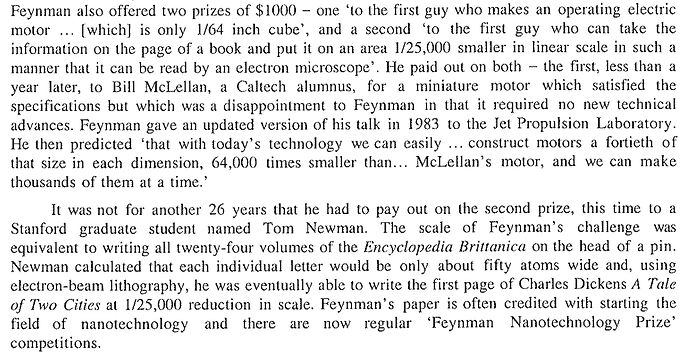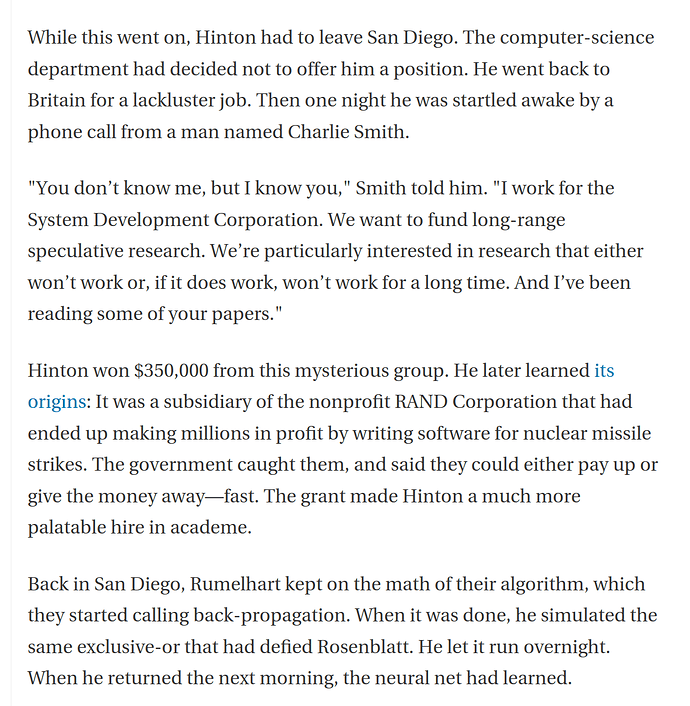FIRST LESSON
The Most Beautiful of Theories
In his youth Albert Einstein spent a year loafing aimlessly. You don’t get anywhere by not “wasting” time—something, unfortunately, that the parents of teenagers tend frequently to forget. He was in Pavia. He had joined his family, having abandoned his studies in Germany, unable to endure the rigors of his high school there. It was the beginning of the twentieth century, and in Italy the beginning of its industrial revolution. His father, an engineer, was installing the first electricity-generating power plants in the Paduan plains. Albert was reading Kant and attending occasional lectures at the University of Pavia: for pleasure, without being registered there or having to think about exams. It is thus that serious scientists are made.
After this he registered at the University of Zurich and immersed himself in the study of physics. A few years later, in 1905, he sent three articles to the most prestigious scientific journal of the period, the Annalen der Physik. Each of these is worthy of a Nobel Prize. The first shows that atoms really exist. The second lays the first foundation for quantum mechanics, which I will discuss in the next lesson. The third presents his first theory of relativity (known today as “special relativity”), the theory that elucidates how time does not pass identically for everyone: two identical twins find that they are different in age if one of them has traveled at speed.
Einstein became a renowned scientist overnight and received offers of employment from various universities. But something disturbed him: despite its immediate acclaim, his theory of relativity does not fit with what we know about gravity, namely, with how things fall. He came to realize this when writing an article summarizing his theory and began to wonder if the law of “universal gravity” as formulated by the father of physics himself, Isaac Newton, was in need of revision in order to make it compatible with the new concept of relativity. He immersed himself in the problem. It would take ten years to resolve. Ten years of frenzied studies, attempts, errors, confusion, mistaken articles, brilliant ideas, misconceived ideas.
Finally, in November 1915, he committed to print an article giving the complete solution: a new theory of gravity, which he called “The General Theory of Relativity,” his masterpiece and the “most beautiful of theories,” according to the great Russian physicist Lev Landau.
There are absolute masterpieces that move us intensely: Mozart’s Requiem, Homer’s Odyssey, the Sistine Chapel, King Lear. To fully appreciate their brilliance may require a long apprenticeship, but the reward is sheer beauty—and not only this, but the opening of our eyes to a new perspective upon the world. Einstein’s jewel, the general theory of relativity, is a masterpiece of this order.
I remember the excitement I felt when I began to understand something about it. It was summer. I was on a beach at Condofuri in Calabria, immersed in the sunshine of the Hellenic Mediterranean, and in the last year of my university studies. Undistracted by schooling, one studies best during vacations. I was studying with the help of a book that had been gnawed at the edges by mice because at night I’d used it to block the holes of these poor creatures in the rather dilapidated, hippie-ish house on an Umbrian hillside where I used to take refuge from the tedium of university classes in Bologna. Every so often I would raise my eyes from the book and look at the glittering sea: it seemed to me that I was actually seeing the curvature of space and time imagined by Einstein. As if by magic: as if a friend were whispering into my ear an extraordinary hidden truth, suddenly raising the veil of reality to disclose a simpler, deeper order. Ever since we discovered that Earth is round and turns like a mad spinning-top, we have understood that reality is not as it appears to us: every time we glimpse a new aspect of it, it is a deeply emotional experience. Another veil has fallen.
But among the numerous leaps forward in our understanding that have succeeded one another over the course of history, Einstein’s is perhaps unequaled. Why?
In the first place because, once you understand how it works, the theory has a breathtaking simplicity. I’ll summarize the idea.
Newton had tried to explain the reason why things fall and the planets turn. He had imagined the existence of a “force” that draws all material bodies toward one another and called it “the force of gravity.” How this force was exerted between things distant from each other, without there being anything between them, was unknown—and the great father of modern science was cautious of offering a hypothesis. Newton had also imagined that bodies move through space and that space is a great empty container, a large box that enclosed the universe, an immense structure through which all objects run true until a force obliges their trajectory to curve. What this “space” was made of, this container of the world he invented, Newton could not say. But a few years before the birth of Einstein two great British physicists, Michael Faraday and James Maxwell, had added a key ingredient to Newton’s cold world: the electromagnetic field. This field is a real entity that, diffused everywhere, carries radio waves, fills space, can vibrate and oscillate like the surface of a lake, and “transports” the electrical force. Since his youth Einstein had been fascinated by this electromagnetic field that turned the rotors in the power stations built by his father, and he soon came to understand that gravity, like electricity, must be conveyed by a field as well: a “gravitational field” analogous to the “electrical field” must exist. He aimed at understanding how this “gravitational field” worked and how it could be described with equations.
And it is at this point that an extraordinary idea occurred to him, a stroke of pure genius: the gravitational field is not diffused through space ; the gravitational field is that space itself . This is the idea of the general theory of relativity. Newton’s “space,” through which things move, and the “gravitational field” are one and the same thing.
It’s a moment of enlightenment. A momentous simplification of the world: space is no longer something distinct from matter—it is one of the “material” components of the world. An entity that undulates, flexes, curves, twists. We are not contained within an invisible, rigid infrastructure: we are immersed in a gigantic, flexible snail shell. The sun bends space around itself, and Earth does not turn around it because of a mysterious force but because it is racing directly in a space that inclines, like a “marble that rolls in a funnel. There are no mysterious forces generated at the center of the funnel; it is the curved nature of the walls that causes the marble to roll. Planets circle around the sun, and things fall, because space curves.
How can we describe this curvature of space? The most outstanding mathematician of the nineteenth century, Carl Friedrich Gauss, the so-called prince of mathematicians, had written mathematical formulas to describe two-dimensional curvilinear surfaces, such as the surfaces of hills. Then he had asked a gifted student of his to generalize the theory to encompass spaces in three or more dimensions. The student in question, Bernhard Riemann, had produced an impressive doctoral thesis of the kind that seems completely useless. The result of Riemann’s thesis was that the properties of a curved space are captured by a particular mathematical object, which we know today as Riemann’s curvature and indicate with the letter R. Einstein wrote an equation that says that R is equivalent to the energy of matter. That is to say: space curves where there is matter. That is it. The equation fits into half a line, and there is nothing more. A vision—that space curves—became an equation.
But within this equation there is a teeming universe. And here the magical richness of the theory opens up into a phantasmagorical succession of predictions that resemble the delirious ravings of a madman but have all turned out to be true.
To begin with, the equation describes how space bends around a star. Due to this curvature, not only do planets orbit around the star but light stops moving in a straight line and deviates. Einstein predicted that the sun causes light to deviate. In 1919 this deviance was measured and the prediction verified. But it isn’t only space that curves; time does too. Einstein predicted that time passes more quickly high up than below, nearer to Earth. This was measured and turned out to be the case. If a person who has lived at sea level meets up with his twin who has lived in the mountains, he will find that his sibling is slightly older than he. And this is just the beginning.
When a large star has burned up all of its combustible substance (hydrogen), it goes out. What remains is no longer supported by the heat of the combustion and collapses under its own weight, to a point where it bends space to such a degree that it plummets into an actual hole. These are the famous “black holes.” When I was studying at university they were considered to be the barely credible predictions of an esoteric theory. Today they are observed in the sky in their hundreds and are studied in great detail by astronomers.
But this is still not all. The whole of space can expand and contract. Furthermore, Einstein’s equation shows that space cannot stand still; it must be expanding. In 1930 the expansion of the universe was actually observed. The same equation predicts that the expansion ought to have been triggered by the explosion of a young, extremely small, and extremely hot universe: by what we now know as the “big bang.” Once again, no one believed this at first, but the proof mounted up until “cosmic background radiation”—the diffuse glare that remains from the heat generated by the original explosion—was actually observed in the sky. The prediction arising from Einstein’s equation turned out to be correct. And further still, the theory contends that space moves like the surface of the sea… And all of this, which emerged gradually from my mice-gnawed book, was not a tale told by an idiot in a fit of lunacy or a hallucination caused by Calabria’s burning Mediterranean sun and its dazzling sea. It was reality.
Or better, a glimpse of reality, a little less veiled than our blurred and banal everyday view of it. A reality that seems to be made of the same stuff that our dreams are made of, but that is nevertheless more real than our clouded, quotidian dreaming.
All of this is the result of an elementary intuition: that space and gravitational field are the same thing. And of a simple equation that I cannot resist giving here, even though you will almost certainly not be able to decipher it. Perhaps anyone reading this will still be able to appreciate its wonderful simplicity:
Rab - ½ R gab = Tab
That’s it.
You would need, of course, to study and digest Riemann’s mathematics in order to master the technique to read and use this equation. It takes a little commitment and effort. But less than is necessary to come to appreciate the rarefied beauty of a late Beethoven string quartet. In both the reward is sheer beauty and new eyes with which to see the world.




